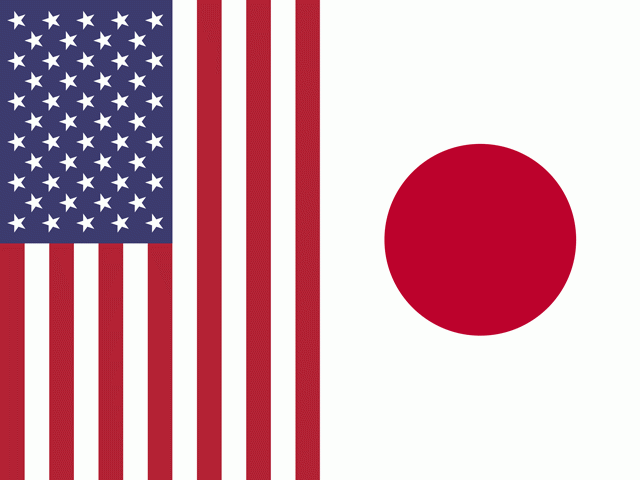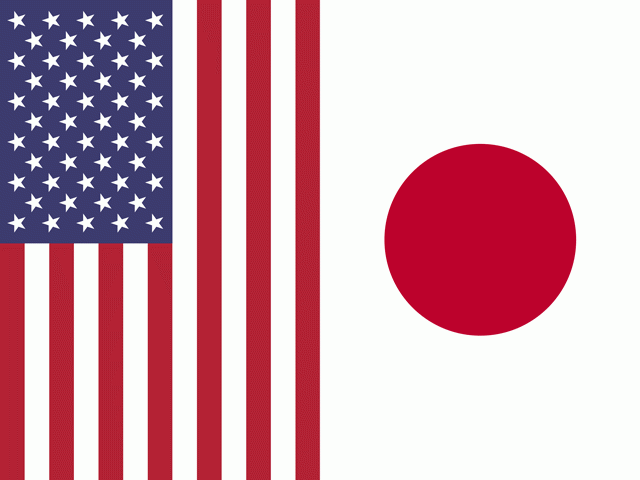An Urban's Rural View
Tokyo Pushes Multilateral Trade Deals, Washington Rejects Them
United States-Japan relations have had their ups and downs over the decades, but in recent years they've been mostly up. U.S. agriculture has benefited. Japan, America's fourth-largest ag-export market, recently agreed to further ease restrictions on imports of U.S. beef. (https://ustr.gov/…).
On one issue, however, the two countries have diverged widely: multilateral free-trade agreements.
For decades the U.S. promoted them, thinking they'd boost international trade, expand global prosperity and reduce the risk of war. In 1948, the U.S. worked to create the first multilateral free-trade pact, the General Agreement on Tariffs and Trade. It helped lead several rounds of negotiations to improve the GATT, including the launching of its successor, the World Trade Organization, in 1994.
That same year it signed the North American Free Trade Agreement with Canada and Mexico, later replaced in 2020 by the United States-Mexico-Canada Agreement. A free-trade deal with six Central American countries followed in 2005. The administrations of George Bush and Barack Obama pushed forward with negotiations on what was supposed to have been a 12-nation Trans-Pacific Partnership, or TPP.
These days, however, Washington doesn't even want to talk about multilateral trade agreements, much less join them. They lack majority support in both political parties. Presidents Joe Biden and Donald Trump differ on a thousand issues, but neither has shown any love for these agreements.
Enter Japan. When Trump pulled the U.S. out of the TPP on his first day in office, many thought the TPP would die. Negotiations for the 12-nation trade agreement were in their final stages. Without U.S. leadership, how would they be completed?
Japan stepped up to the plate. Though just a few years earlier Japan had been reluctant to even take part in the negotiations, in 2017 and 2018 it teamed up with Australia to lead the remaining 11 nations to a slightly revised agreement dubbed the CPTPP -- the Comprehensive and Progressive Agreement for Trans-Pacific Partnership.
P[L1] D[0x0] M[300x250] OOP[F] ADUNIT[] T[]
Earlier this year, Japan joined another multilateral trade agreement, one that some analysts think will produce big gains for its 15 Asian members. The Regional Comprehensive Economic Partnership, or RCEP, includes some of the CPTPP countries, like Australia, Singapore and New Zealand. It also includes China. (https://www.brookings.edu/…)
Why have the U.S. and Japan diverged on big trade deals? China's rise as a manufacturing power is one answer.
Companies in both the U.S. and Japan have "offshored" a lot of production to China. Yet the loss of domestic factory jobs hasn't had the same political impact in the two countries. Trade deals haven't been stigmatized in Japan the way they have in the U.S.
Perhaps that's because despite offshoring, Japanese companies have retained more workers, even though the country's once-vaunted lifetime employment is on the decline. Perhaps it's because manufacturing still employs a much larger share of the work force in Japan -- 16.7% in 2015, versus 10% in the U.S. (https://www.brookings.edu/…)
Or maybe it's because while Japan has a trade deficit with China, it runs a surplus with the U.S. and has nearly balanced trade with the European Union. There's less sense in Japan, perhaps, that the whole world is somehow conspiring to take advantage of it.
Of necessity, Japan and the U.S. have different relationships with China. The U.S. is a vast ocean away, culturally as well as geographically. The Japanese live next door. Their borrowings from the Chinese in art, religion and writing systems are ancient and deep.
The two countries don't love each other. Far from it. But they understand each other. We don't really understand either.
The problems China poses to Japan are similar to those it poses to the U.S. For both countries China is an enormous trade partner -- Japan's biggest, America's second after the EU. At the same time, both see China as an economic rival and a potential military threat. There's great concern in both about the possibility of a Chinese invasion of Taiwan.
Thus, both are looking for ways to strengthen their supply chains (read: become less dependent on China) without retreating into self-sufficiency -- protecting national security while continuing to trade with and invest in China. It's a delicate balancing act, and they're going about it in somewhat different ways.
Even as Japan has welcomed new multilateral trade agreements, including a recent one that China has also joined, it has shelled out billions in "China exit subsidies," payments to companies to bring factories back to Japan, or even to move them from China to Southeast Asia.
In short, in reaction to China's rise, Japan is trying to do two seemingly contradictory things -- protect domestic manufacturing while participating in big tariff-lowering trade deals.
The U.S. seems focused on domestic manufacturing. The Trump administration used tariffs; the Biden administration pushes industrial policy measures like the CHIPS Act, which would provide $52 million in subsidies for domestic semiconductor manufacturing investments. (https://www.bloomberg.com/…)
But big trade deals? They're dirty words in Washington.
Which of these strategies will prove more successful? Will the divergence affect the broader U.S.-Japan relationship? It will be interesting to watch this play out.
Urban Lehner can be reached at urbanize@gmail.com
(c) Copyright 2022 DTN, LLC. All rights reserved.






Comments
To comment, please Log In or Join our Community .